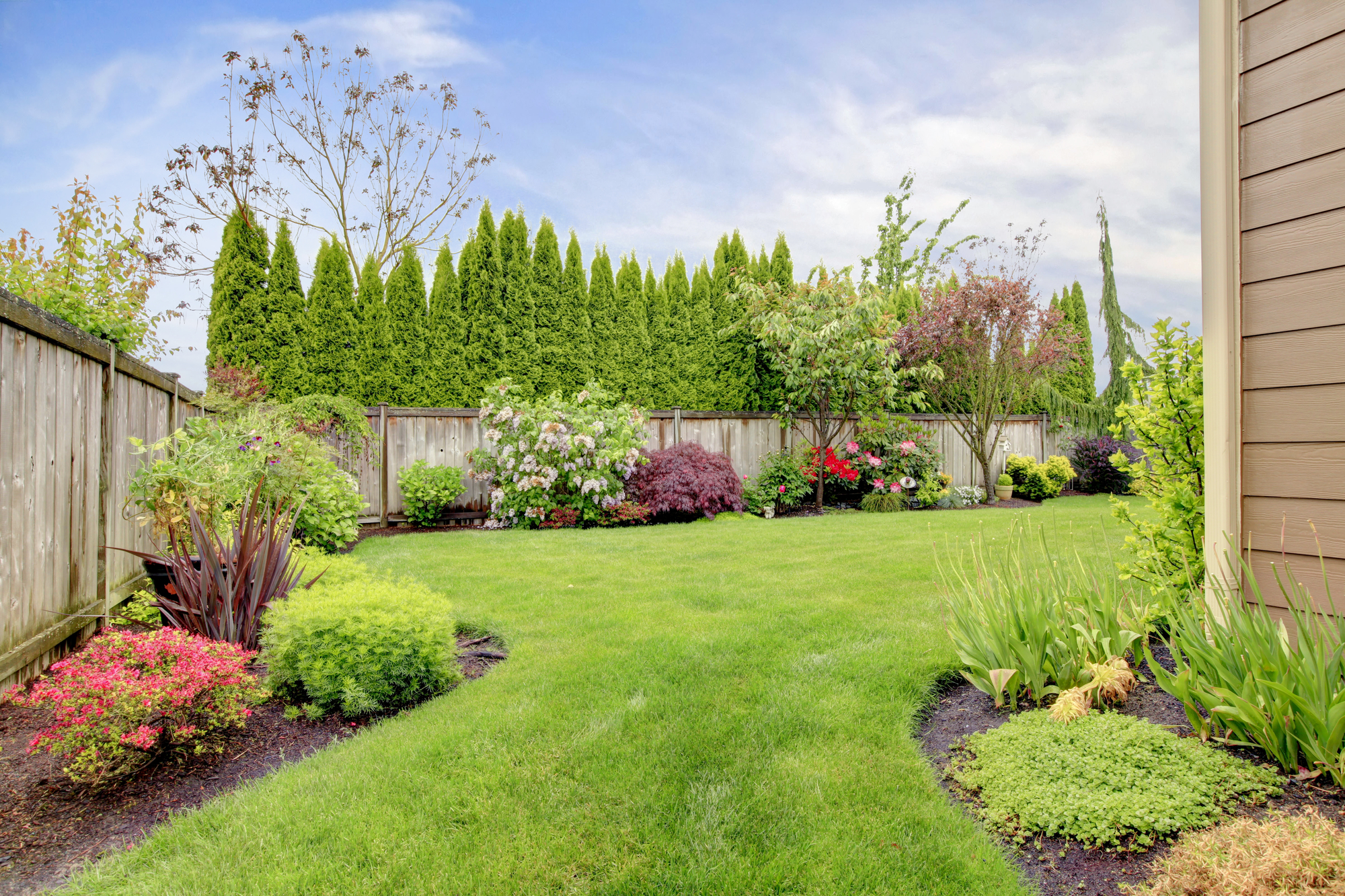Burglars scout neighborhoods prior to the holidays looking for easy targets. Packages sitting on doorsteps , on lawn chairs or sticking out of mailboxes are all a sign of the residence being unattended. Most HOA's struggle with crime during the holidays. While it is not the responsibility of the HOAs to secure or accept delivered packages, they can assist residents with support, resources and tips to reduce burglary during the holiday season.
Around 23 million people said their packages have been stolen from their homes, according to a December 2015 survey from insuranceQuotes.com.
UPS delivers 17 million packages around the world every day and much more during this time of the year. In fact, during December, they will delivering some 585 million packages, with single-day volume surging as high as 34 million on their peak day December 22.
Here are a few tips that all of your neighbors can use to help keep your community free of crime this holiday season.
1. Ask a neighbor to watch your home for the delivery of holiday packages and to retrieve the packages until you arrive home.
2. Consider an alternate destination. Have your packages delivered to work, family or friends. Encourage residents to use different delivery options or addresses during the high-crime season. Have packages delivered where someone can accept them, or require a signature.
3. Instruct the delivery company. Find a non visible place at your home and leave detailed instructions as to where to hide the package. FedEx and UPS drivers will place packages behind a gate, shrub, or other location; residents should contact their carrier.
4. Be diligent about tracking your expected holiday packages. Residents can often receive a text message when their package is delivered. This will eliminate your package sitting in the open for long periods of time.
5. Help your HOA by volunteering a few hours in your Neighborhood Watch program. Extra eyes can help deter crime and stop burglary in progress.
6. Require a signature so that your item won't be left unattended. It may be a little inconvenient, but you can have the package redelivered or go pick it up at the local station.
7. Most homes have a security camera so that, if a theft occurs, you have proof for insurance purposes and to help police find the burglar.
8. Customize your deliveries. Use FedEx Delivery Manager® to customize your residential deliveries. You can change the time of delivery. You can select the actual time you will be home from work. During the holidays they deliver late evening hours.
9. Signs for security systems can be a great deterrent for thieves. Post a security warning sign near your front door. These warning signs can help protect your packages and your whole house as well.
10. Insure your packages if they are valuable. At least if your holiday package goes missing you will recover the money for valuables.
Security cameras may work well, but check with your HOA about policies regarding security cameras and where they can be located. Some HOAs may restrict usage of cameras (especially "dummy" cameras) for reasons of liability. If your community has a serious crime problem ask your HOA to support asking local law enforcement to patrol the neighborhood more frequently.
Strong communities can reduce crime. Owners who know their neighbors are more likely to report suspicious behavior. Although midway through the holidays may be too late, boards should try community-building events throughout the year. At minimum, make sure that everyone has the appropriate police phone number.
Help your neighbors have a great holiday season by stopping burglary of holiday packages. Involve your HOA and at least ask them for recommendations on how to handle the issue in your neighborhood.










































